A new museum dedicated to the enduring power of posters opens in New York City
Fans of graphic design have reason to rejoice. Poster House, the first US museum exclusively dedicated to the art of poster design, has officially opened in New York City after four years in development. An anonymous donor who gave $15 million and a cadre of New York’s graphic-design champions helped materialize the dream of erecting a fitting shrine to important posters from the 18th century to the present.
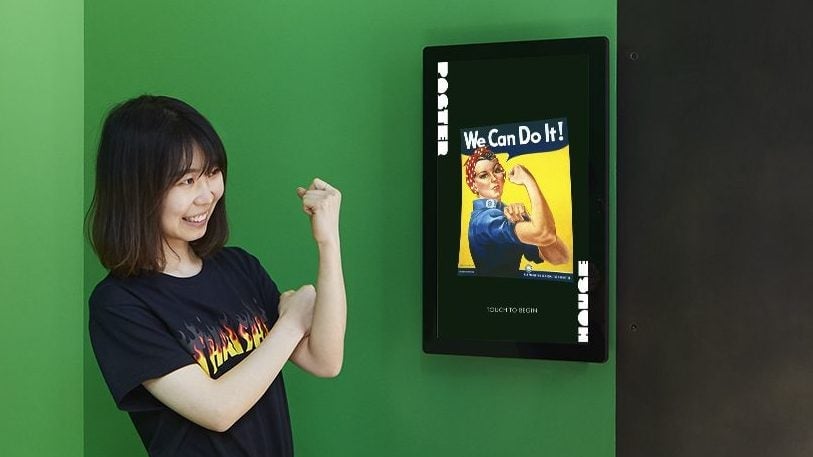

Fans of graphic design have reason to rejoice. Poster House, the first US museum exclusively dedicated to the art of poster design, has officially opened in New York City after four years in development. An anonymous donor who gave $15 million and a cadre of New York’s graphic-design champions helped materialize the dream of erecting a fitting shrine to important posters from the 18th century to the present.
Housed in a historic building last occupied by a beloved Apple service and repair center in Manhattan’s Chelsea neighborhood, the new museum features two levels of gallery space, a café, and an engaging education center designed for kids of all ages. In an era dominated by fleeting, fungible digital interactions, Poster House is a triumphant monument to the idea that powerful visuals on ink and paper can shape culture and sometimes even alter the course of history.
“We are taking a very global mission,” explains museum director Julia Knight. Poster House’s inaugural exhibitions introduce audiences to pioneering European practitioners who, in significant measures, shaped the Western visual landscape.
Alphonse Mucha is the Czech artist behind lavishly decorated commercial posters that defined the art nouveau period in Paris. Mucha and his muse-model Sarah Bernhardt changed how women were shown in advertising. In lieu of cooing nymphs next to boxes of cookies, he portrayed females as powerful, self-possessed protagonists. Mucha’s posters were so strikingly beautiful that Parisians were known to steal them from the streets to decorate their homes.
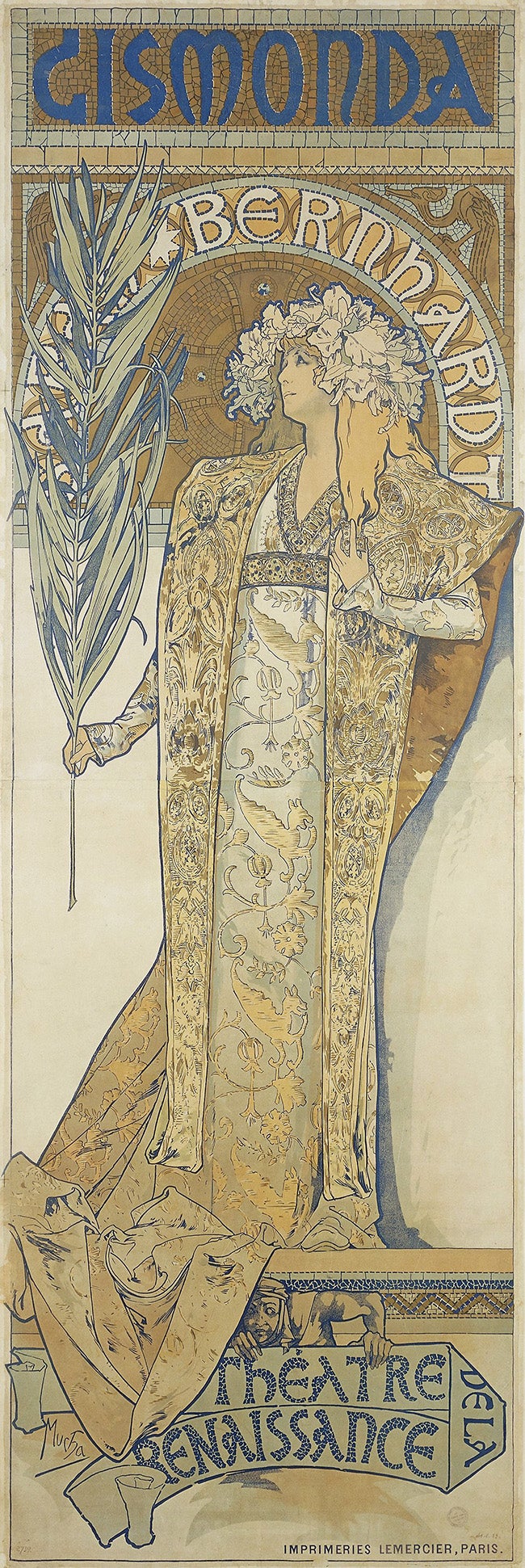
A smaller exhibition features the work of German designers Detlef Fiedler and Daniela Haufe, founders of Berlin-based graphic art collective Cyan. Beginning their careers during an era of information censorship in East Germany in the 1980s, Fiedler and Haufe once smuggled a computer inside a television set into East Berlin and created the first commercial posters generated with design software. Their vibrant, layered posters, deft experimentations in QuarkXpress and Photoshop, were widely copied and became a template for avant-garde poster art. Poster House’s showcase titled Designing Through the Wall: Cyan in the 1990s is an important first milestone in crediting their innovation in the field.
Digital champions analog
To complement the vintage posters on the wall, Poster House also includes a series of notable interactive attractions. Credit goes to exhibition designers KASA, for somehow managing to add a digital layer without overshadowing the genius of static, two-dimensional works.
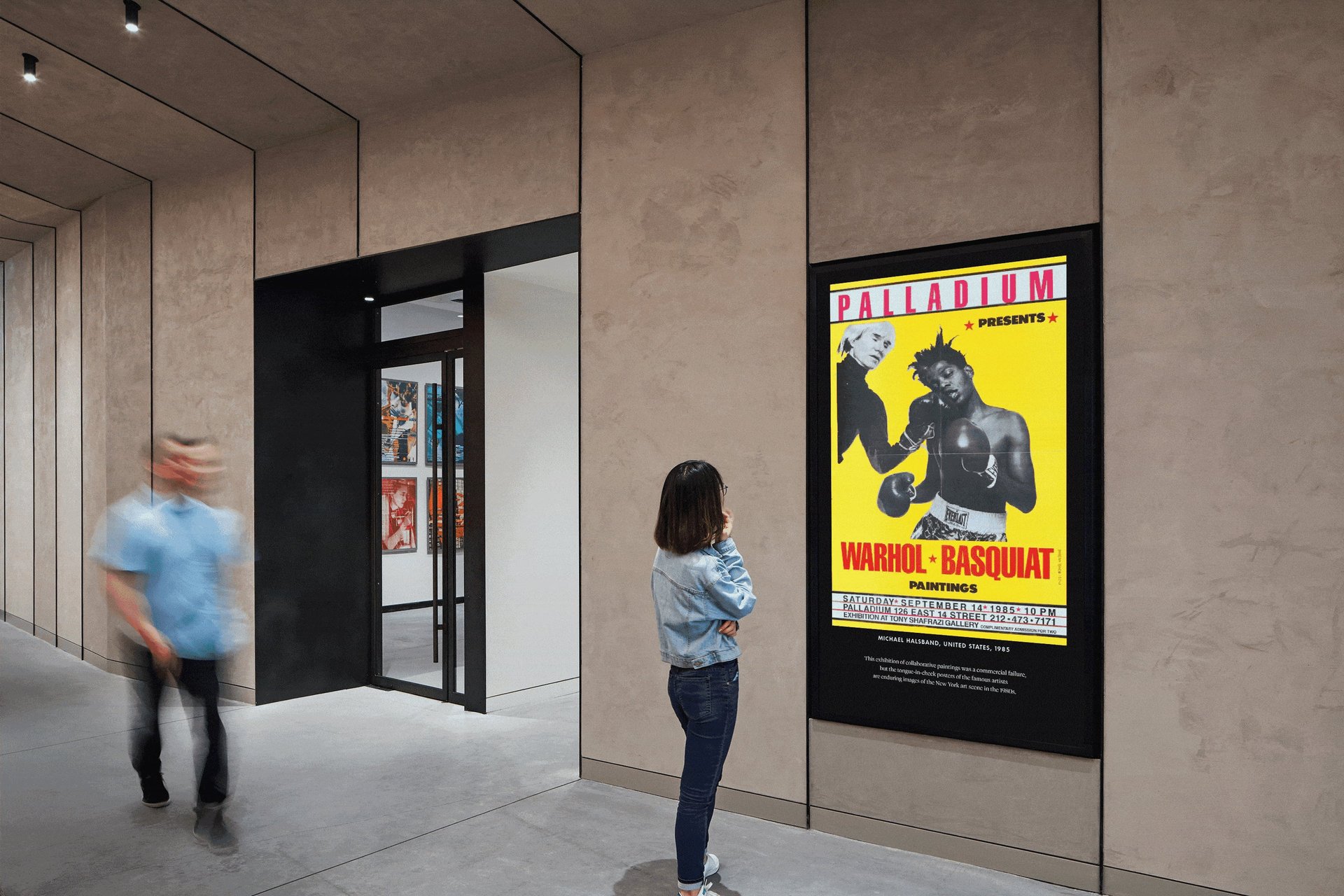
The children’s area features a life-sized 1960s-era newsstand flanked by working pay phones and a game demonstrating how all colored printing is achieved by overprinting four base colors: cyan, magenta, yellow, and black. Nearby is a digital canvas that lets visitors design their own poster while learning about the medium’s history. KASA’s interface offers useful information about elements graphic designers agonize over, such as symbols, color, copy, typography and style.
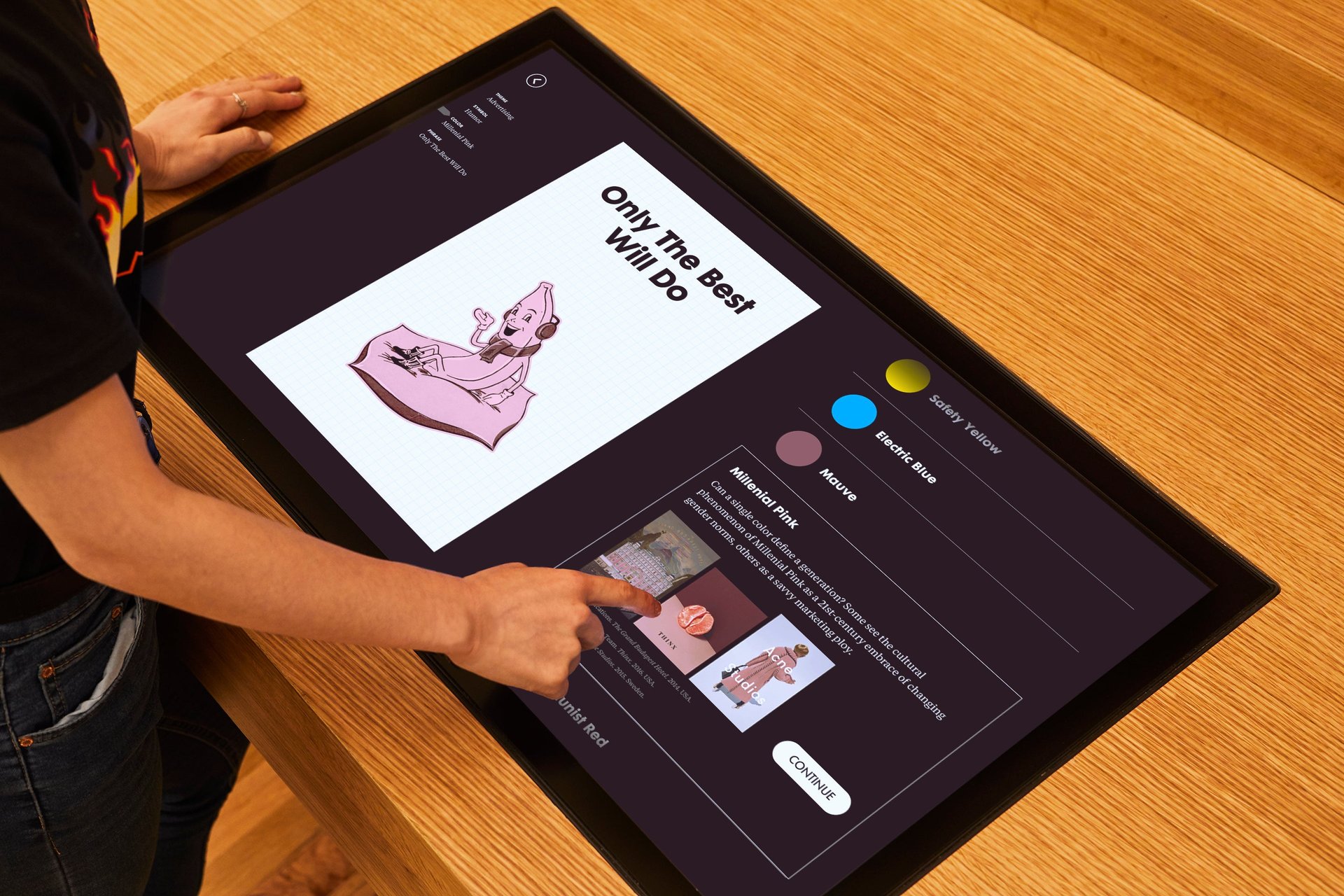
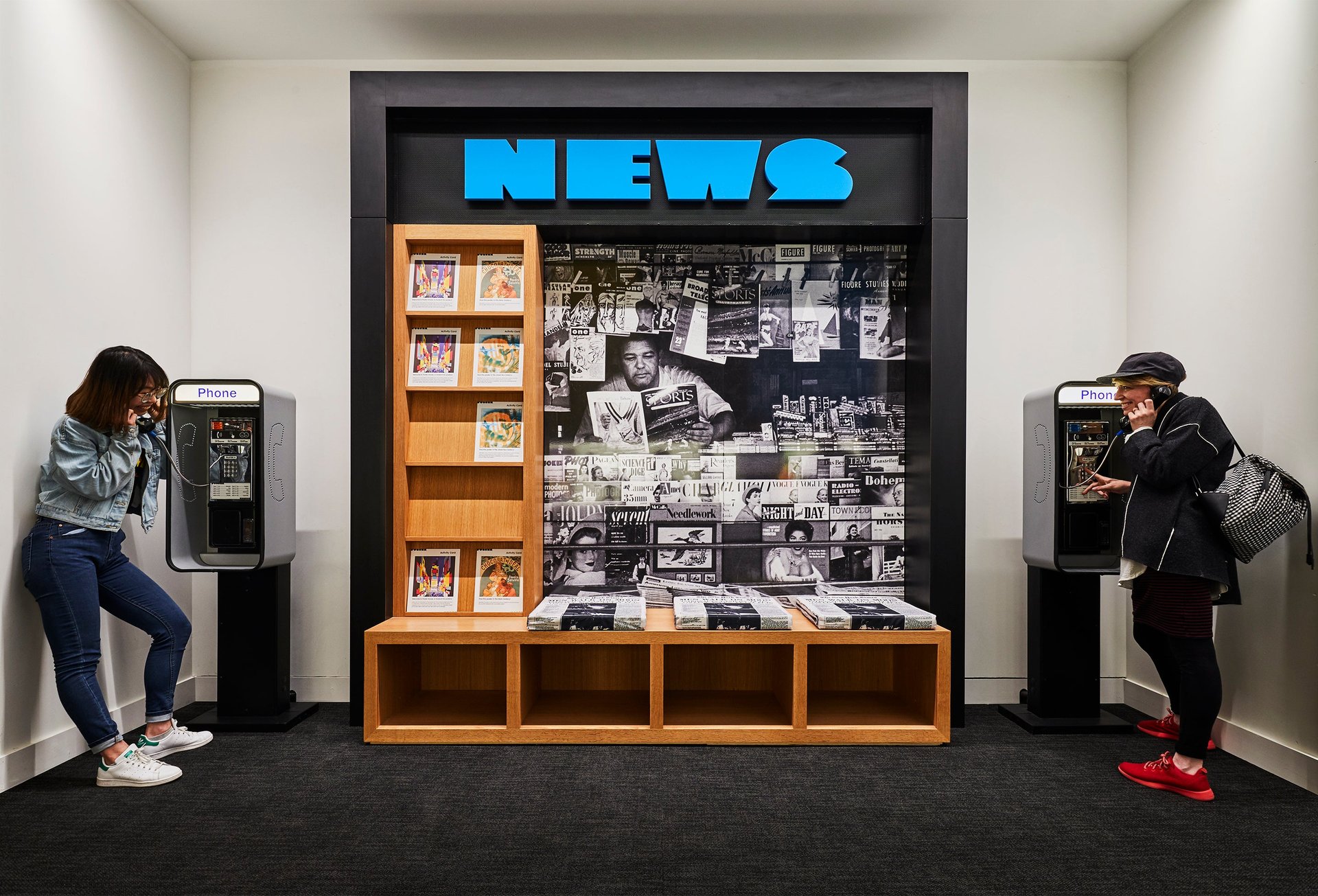
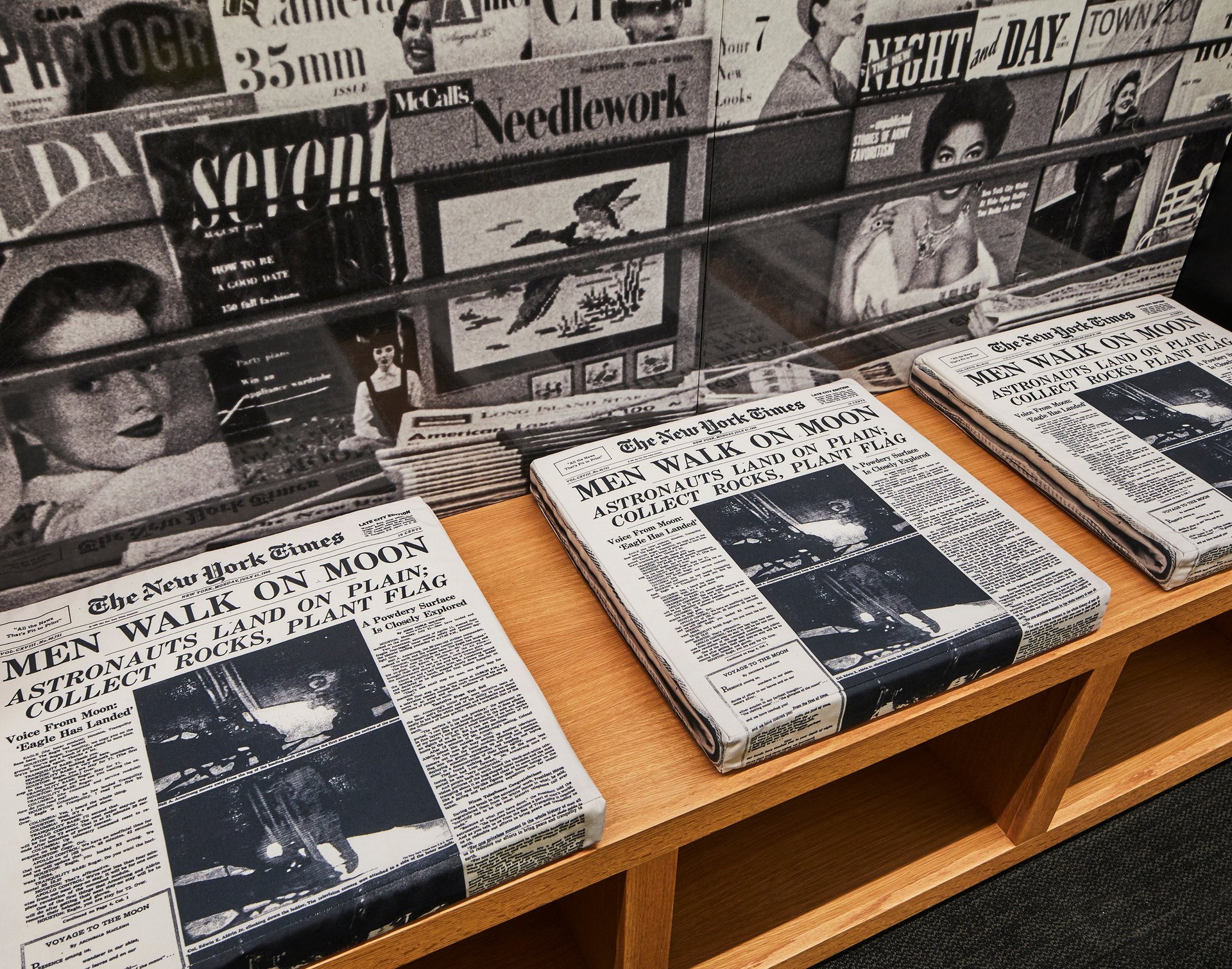
“We wanted to create an experience that enabled visitors from all walks of life to interact with the posters in a way that was not possible with just the original prints,” explains KASA’s Masashi Kawamura. “Our work would allow them to discover details and stories that will hopefully broaden their perspectives on poster art.”
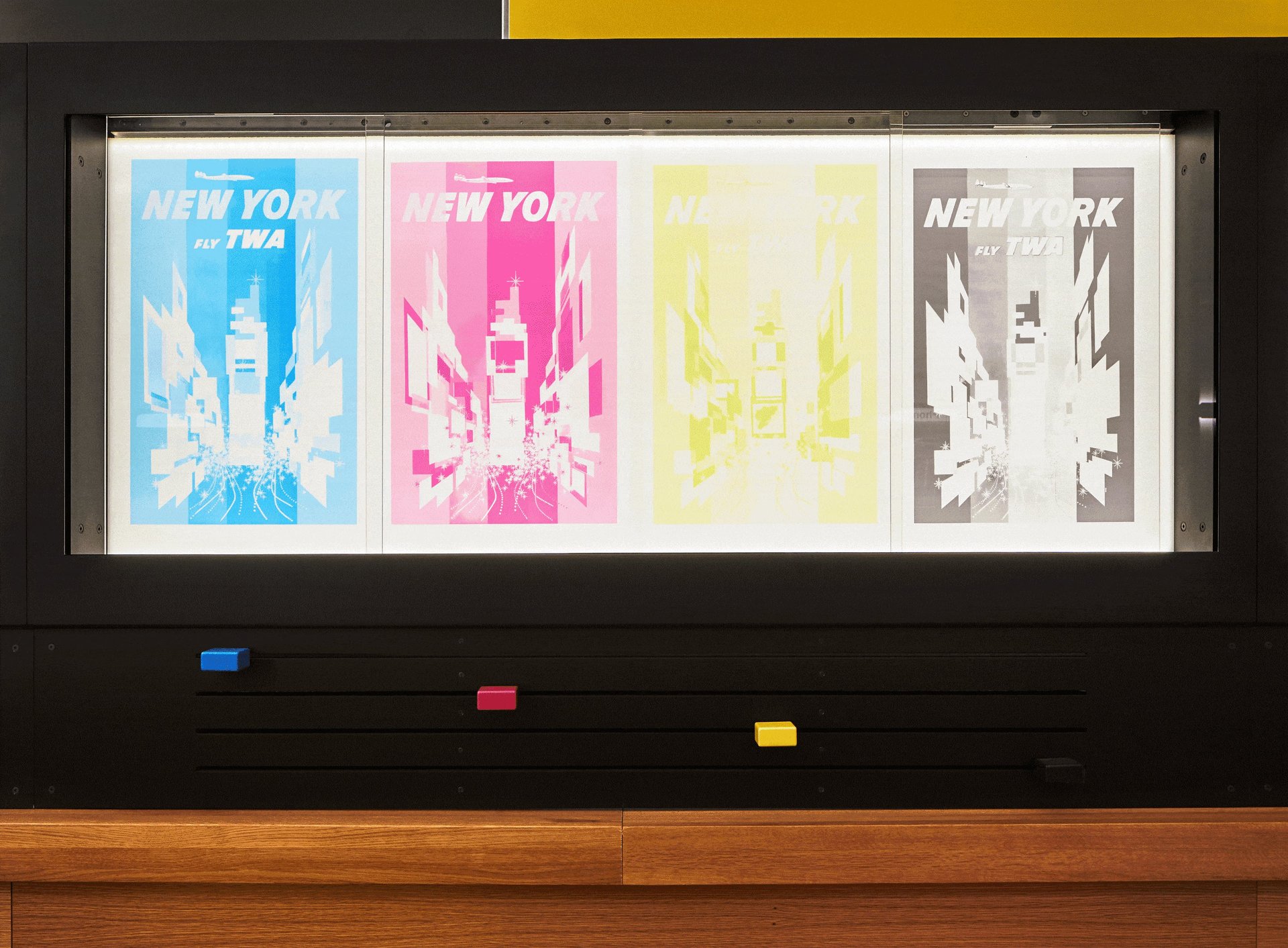
Another crowd-pleaser is a green-screen photo booth that lets visitors put themselves in iconic posters. A warning for self-conscious selfie takers: The genius of this section lies in the fact that it’s totally visible from the street. People who contort themselves into Reynold Brown’s theatrical poster for Attack of the 50 Foot Woman or J. Howard Miller’s “We Can Do It!” World War II classic serve as entertainment for pedestrians on 23rd Street.
“We focused on simplifying the experience design and user interface design as much as possible so that visitors can enjoy the exhibits without being aware of the design and technology behind them,” says KASA’s John Kudos. “We hope they would leave the museum feeling excited and inspired by the poster as a versatile and powerful medium.”
The Poster House, 119 West 23rd St. in Manhattan, is open from 11am to 6pm, except Tuesdays. Free for visitors under 18; admission for adults is $12.